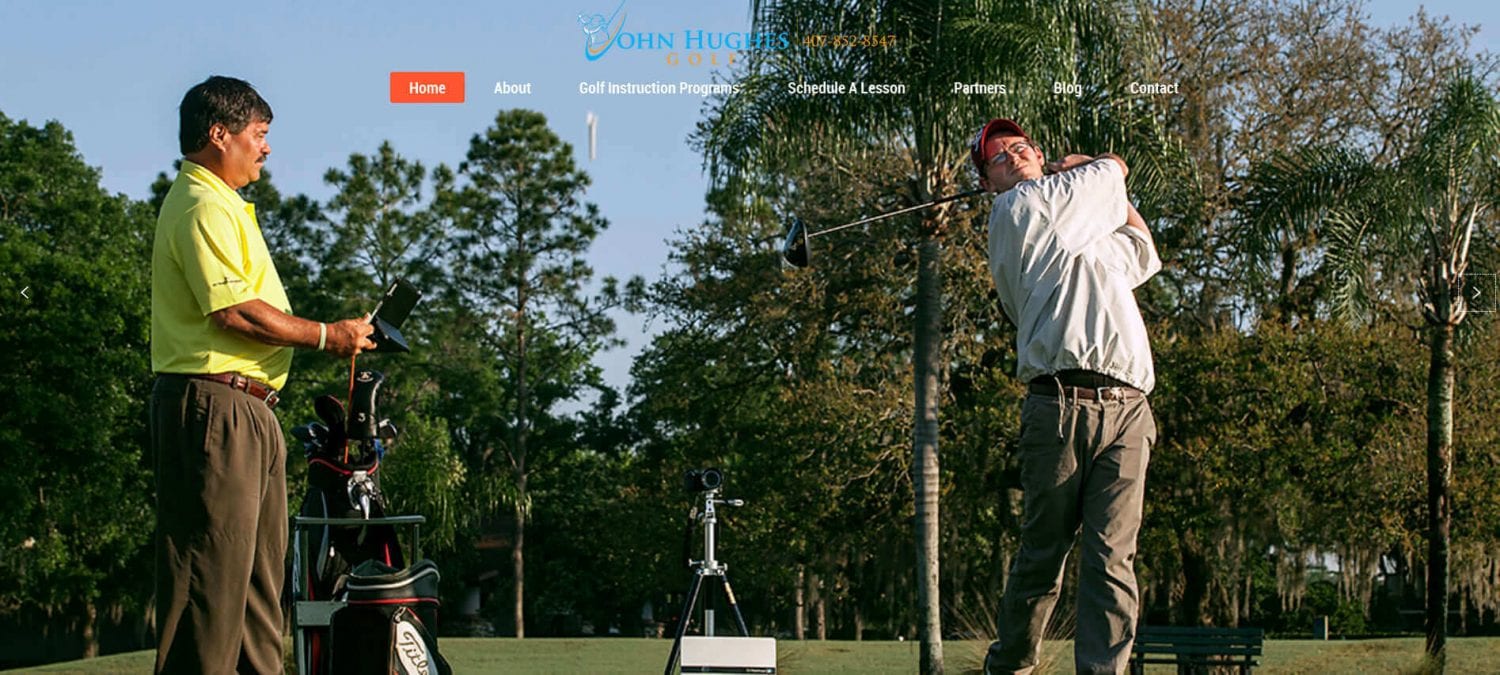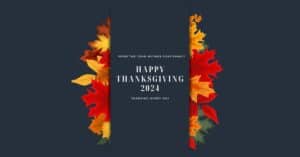If you’re the type of golfer who gauges the distances and hit shots by your best shot ever, they were fooling yourself. By taking an anomaly and making it your average you provide more harm than good in every decision you make on the golf course. When clients come to me to take golf course in Orlando, I give them one word of advice. One is an anomaly. Two is an accident. And three could be a trend. This applies to when playing any golf courses in Orlando, or where you live. You want to play to your trends. Not your anomalies.
What is an Anomaly?
An anomaly is something that happens one time and one time only. And it can sometimes happen freakishly. Most golf shots that you can label an anomaly golf shot are shots that deviate from your standard. Or, what you’re expecting to happen. But most often, amateur golfers take a career best performance and believe this deviation is their standard. Hate to tell you but you just took your career best shot out of context. Using anomalies as your standards will quickly find you trouble on the golf course. Quicker than any other reason you can imagine.
An example of an anomaly in golf is this simple and a frequent answer to a common question I ask all my clients. What is your 150-yard golf club? Most of the time I hear an answer that includes irons below a 9 iron. And most of those times, I immediately see something different, a yardage that is less. Whether measuring with FlightScope or on the course with a 150-yard shot, using the iron they told me flies 150-yards, every shot comes up significantly short of the yardage.
Why might you think you can hit an 8 iron 165-yards? Maybe you accomplished this feat, this anomaly once in your life. And when it happened, you had a down a hill target with a 15mph prevailing wind behind you. Sound familiar? Another example of an anomaly in golf is attempting to hit a shot from an awkward stance and lie you’ve never experienced before and pulling it off. Feels good to pull off a superhero shot, doesn’t it? But can you do it 3 or more times in a row, like a superhero can?
With both examples, you can fool yourself into thinking you’re a better golfer than you are.
A Golfing Accident
An accident in golf is when you experience an anomaly twice. Using the two examples above, you can be made to believe that you have the skill to perform the task more than once. But with most accidents, you’re either lucky or unlucky.
Luck has a lot to do with whether the accident repeats or does not. Yes, sometimes I’d rather be lucky than good. When are you not endeavoring on an improvement journey, that allows you to repeat the shots more than once or twice? If you are then an accident’s not good enough. But if you’d rather depend on inconsistent data to create terrible decisions. Then keep believing in your anomalies and accidents.
A Trend is a Good Thing
Relying on trends is what makes PGA Tour professionals who they are. Under straight understanding trends allows an LPGA touring professional the ability to compete against not only that but the men as well. But most trends of amateur golfers are either ignored or labeled incorrect. And what most amateur golfers do is try to correct a trend as they play. If this is you, then this is your biggest mistake causing most if not all of your inconsistent golf shots.
By definition trends repeat and are consistent. A trend in golf is a pattern of movement, behavior, or ball flight, that tends to repeat with little effort. Understanding trends of how you move, how you make decisions, and how that affects your ball flight, can greatly improve your chances of scoring to your skill potential. Ignoring your trends achieves the opposite. Trends can help you understand how to set up two abnormal conditions. Your trends can help you understand whether a risky shot is worth it. And your trends will most likely show up more often if you allow trends to happen.
How to Determine When You’re Experiencing a Trend
it is important to understand that anomalies, accidents, and trends happened within individual rounds as well as individual practice sessions. Understanding Allen anomaly becomes an accident in Allen accident becomes a trend is important for you as a golfer to witness and experience. It’s the experience of the skill development that provides you the permission to try new things on the course without taking too much risk.
Recognize and Accept Anomalies First
Let’s start with practice sessions. In understanding how an anomaly becomes an accident and an accident becomes a trend. Your coach has provided you a drill. And within a coaching session you immediately see an outcome. What most amateur golfers do is assume this outcome is not an anomaly it is their new trend. Big mistake! What you’re witnessing and experiencing is truly an anomaly. The movement patterns of your body have adapted consciously to what you’re attempting to improve. But will that new movement pattern repeat under the most stressful situations you experience on the golf course? For that to happen you must repeat this drill over, and over, and over again. And repeat it within multiple practice sessions not just one. It is safe to say, a new skill you performed during a coaching session is an anomaly. It’s going to require more practice to ingrain the new skill.
Accidents Can Happen – The Elvis Costello in All of Us
If you repeat the new skill within multiple practice sessions, how do you determine if you’re experiencing an accident or a trend? The easiest way to understand the difference is when your practice sessions include circumstances. Circumstances can be winning or losing a game you play against yourself. It could also be a game you’re playing against another golfer you practice off in the with. The fact that you’re repeating the new skill under pressure does not mean you’ll experience a trend. However, a new trend cannot repeat on its own without it being tested with circumstance. Therefore, when you see a new and improved ball flight happen over the course of 2 to 7 practice sessions, you’re most likely seeing an accident happen could it repeat on the golf course? Possibly. The only way to ensure it does is by practicing the new skill under stressful situations that include circumstance.
Trends Are Spent Wisely
Play new ball flight trend, or movement pattern of your swing, is highly reliant on your ability not to think about the new trend. Trends happen on their own. And it might take several practice sessions over the course of days weeks or months, to experience a new trend. Yes, patience is a virtue, that is required to experience the repetition of a new trend. Not until you can witness and experience new trends at the practice facility can you realistically afford to employ the new trend during a round of golf that counts towards something. That something is a circumstance. And herein lies why you must tie circumstantial practice into a new skill, so it has an opportunity to become a trend.
An Easy Way to Identify a New Trend
Most all my clients ask me, quotation marks John when will I see a new trend happen? Close quotation. I give them a very simple example to measure by.
If you are practicing once a week, and you see the new skill happen over the course of three consecutive practice sessions, consider it an accident. Should that trend repeat over the next four to five coaching sessions, you may be stumbling upon a trend. After the 10th practice session, and without conscious thought, the trend continues, then it might be worth experimenting with this new trend on the golf course.
You can use this simple example with any frequency of practice. Think of it as sets of three. When you see an anomaly happen three consecutive times you’ve most likely moved on to an accident. If you see that accident occur three repeated times within a within practice sessions, you may be onto a trend. But don’t take it for granted a trend is developed until you have tested the new skill under pressure. It’s OK to experiment with pressure as you see an accident occurring. But do yourself a favor. Don’t ever pressure test in anomaly. Chances are you will not receive the positive feedback you’re seeking. This will ultimately lead to frustration. And the possibility of a transforming from the new skill is greatly reduced due to your frustration.
Conclusion
As you face your next difficult decision on the golf courses in Orlando, FL or any golf course you play anywhere in the world, will you remember the simple phrase? Once an anomaly, twos and accident, three times as a trend. Am I about to try in anomaly? Or can I decide based on my trends that will allow me to hit the best possible shot in this situation? You’ll be very surprised and how this simple phrase will provide you the confidence to not only hit the correct shot that you’re capable of performing repeatedly. You’ll also be surprised at the gradual reduction of your handicap understanding how to play your trends versus being a superhero with your anomalies.






